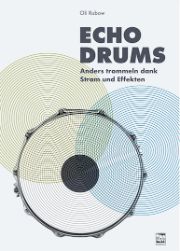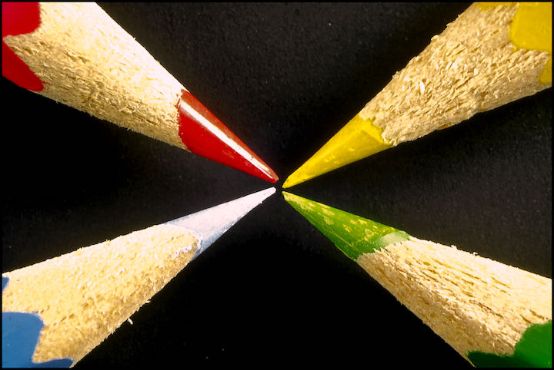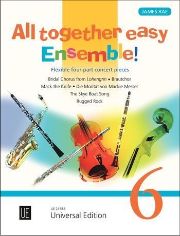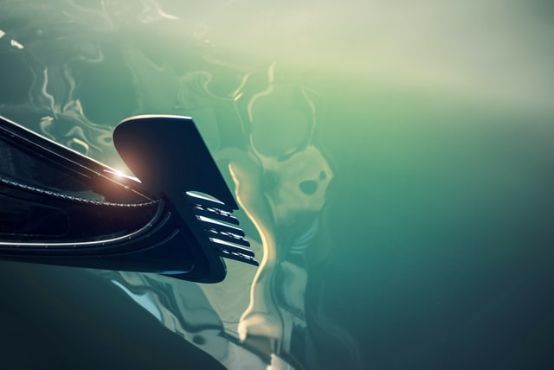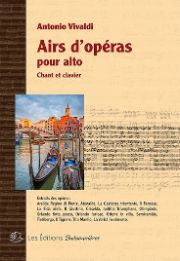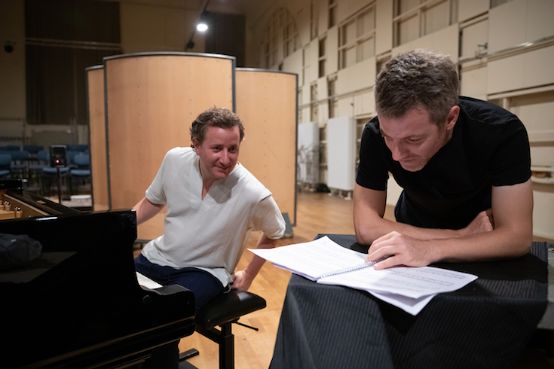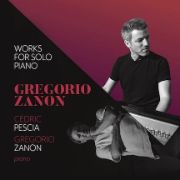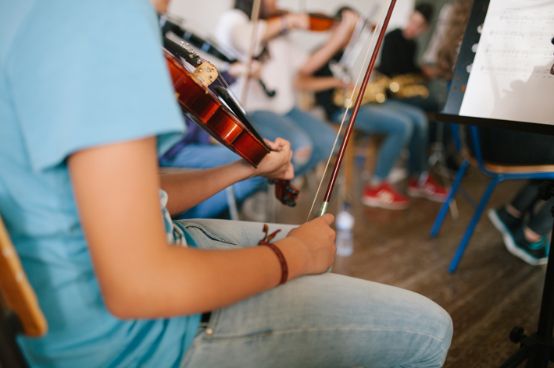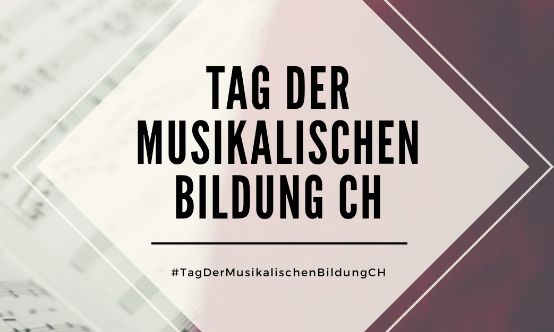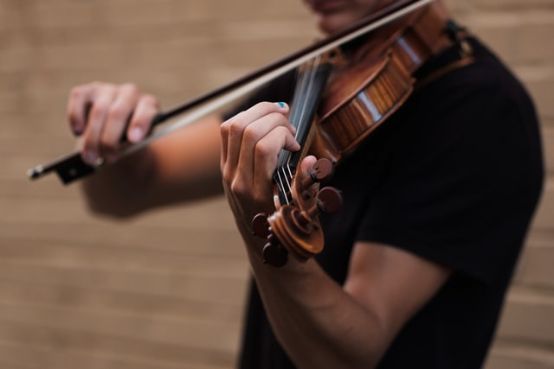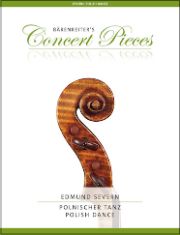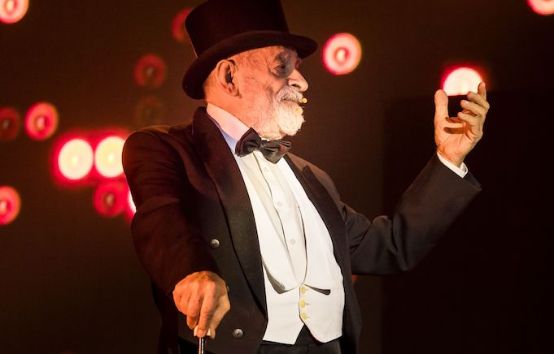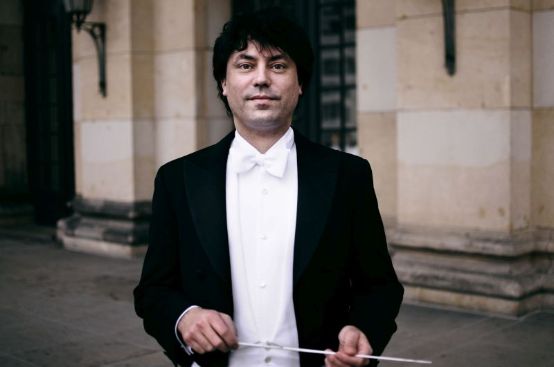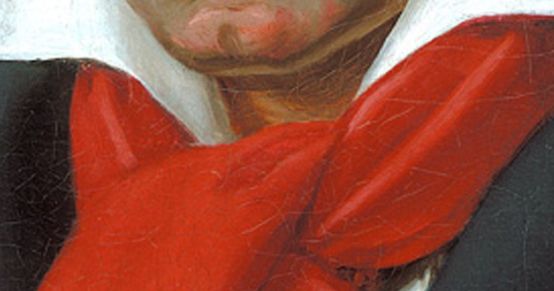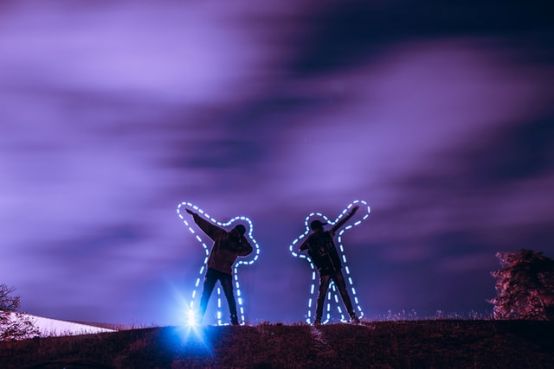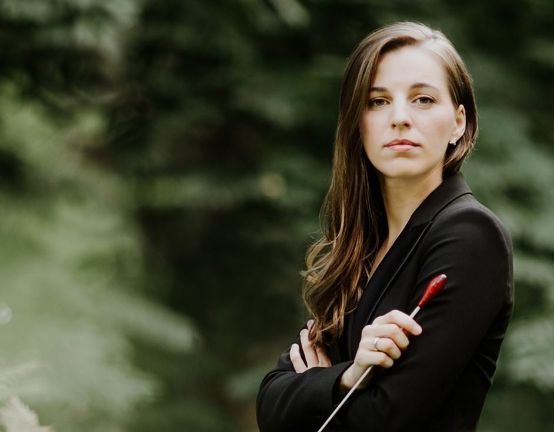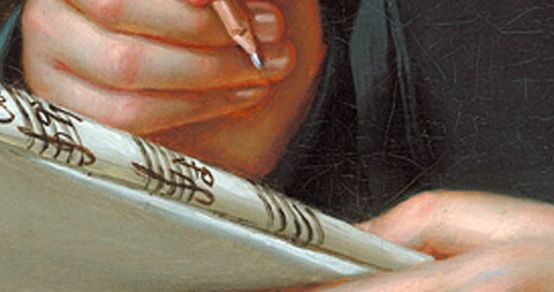Drumming differently
In "Echo Drums", Oli Rubow accompanies the appropriation process for electronic aids and the use of effects when playing drums.
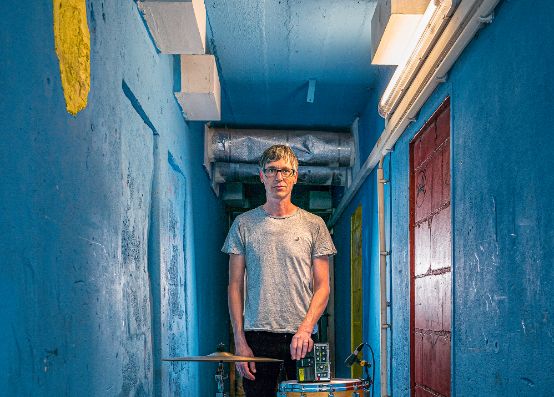
For many drummers, Oli Rubow is not a new skin. He has been known for years through countless blog entries and articles on the subject of "echo drums", his field of musical research, which he has worked on intensively over the last 20 years. This exploration can be heard in bands such as Netzer, Hattler and DePhazz. He practices hybrid drumming with an acoustic drum set and electronic effects.
Speaking of electronics: in 1957, Pierre Schaeffer, one of the pioneers of electronic music with his experimental "Musique concrète", laid down rules to revolutionize the craft of composition at the time. His demands were about "creating new sound objects and practising their realization". Or "learning to use sound manipulation devices" and "making studies before conceiving works". As a crowning conclusion, he then formulated the following rule: "Work and time - essential for any real process of appropriation!"
I quote this episode of music history because Oli Rubow in his book Echo Drums uses precisely these practices and thus greatly supports the appropriation process. He tells his story with a fresh flow. From the first echo device to today's setup. Stumbling blocks and workarounds, musical tricks and technical know-how - as a reader, you are immediately immersed in this exciting world and want to try out these sounds right away.
Thanks to the well-thought-out step-by-step instructions, this is no problem at all. With concrete exercises that you can put into practice immediately, the topic is illuminated more and more. You create new sounds and practice their realization. You get to know the equipment, which is far less complicated to use than you feared. With anecdotes and references to pieces of music from pop history, you will become familiar with the many possibilities of this effect playing technique. There are also many further links and online videos.
This book is recommended for all musicians who want to integrate the exciting world of echo and delay effects into their playing with concrete exercises.
Oli Rubow: Echo Drums - Different drumming thanks to electricity and effects, 116 p., € 24.80, Leu-Verlag, Neusäss, ISBN 978-3-8977-184-2






